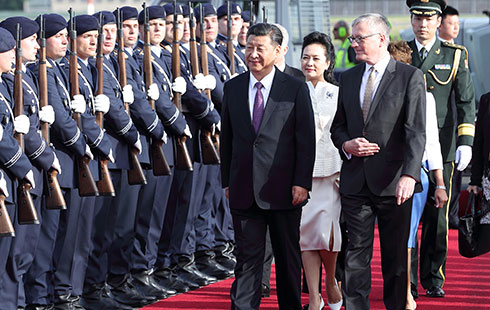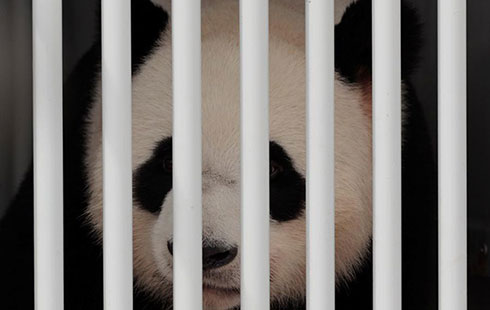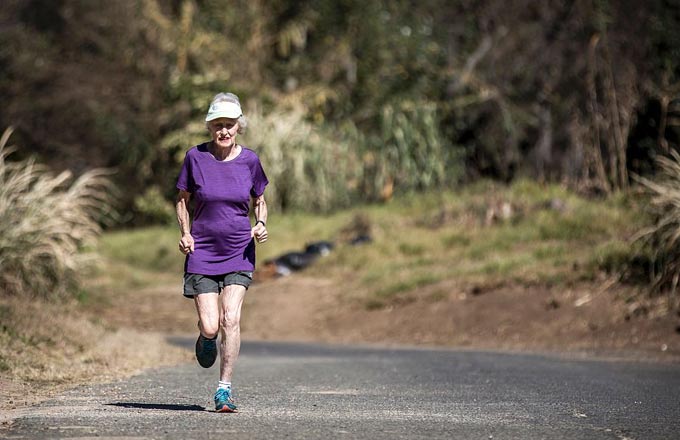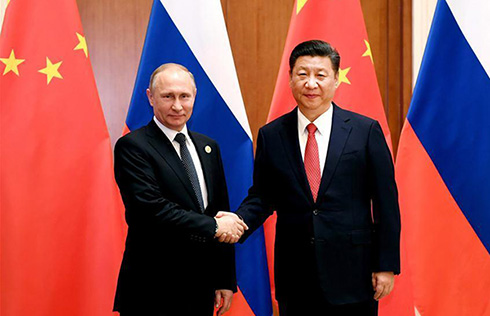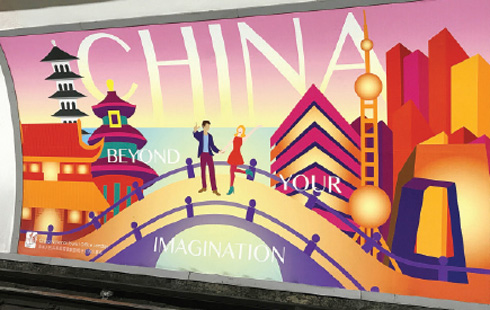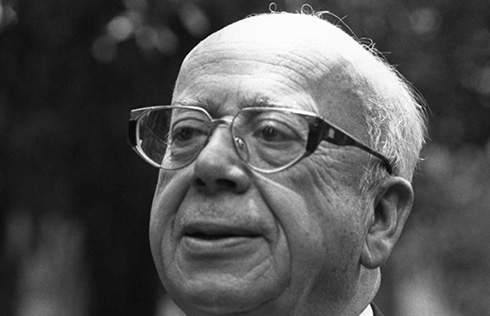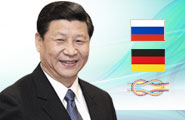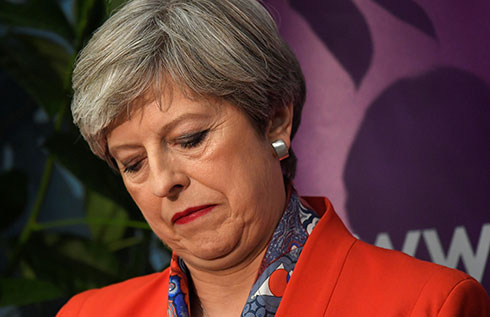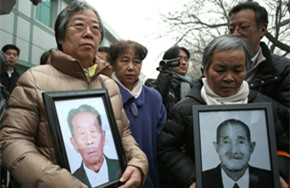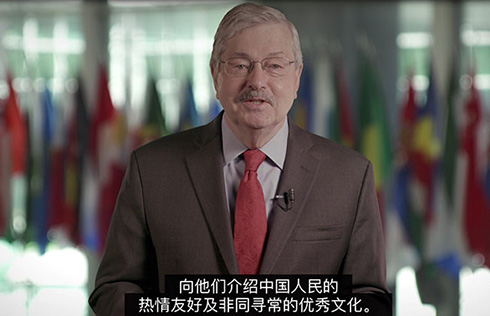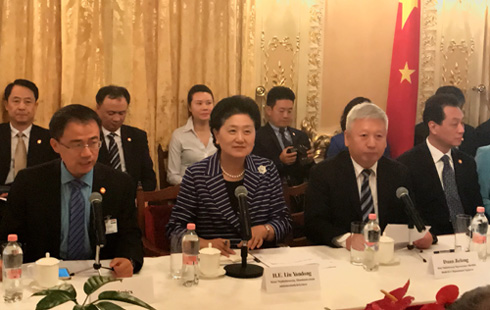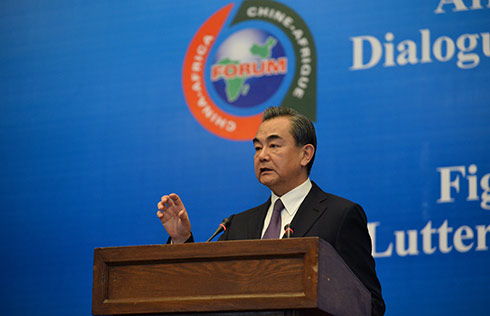Kremlin Museums to present Chinese emperors
In Russian, the word "Kremlin" means citadel, indicating state power. But it's more than that for Elena Gagarina, director of Moscow Kremlin Museums. For her, the complex is a unique historical and architectural ensemble, dating to the 16th century and comprising cathedrals, palaces of tsars and the residence of Russia's president.
At a museum summit in Hong Kong in late June, Gagarina, daughter of cosmonaut Yuri Gagarin, the first man in space, said cultural exchanges between museums are important for building up understanding between countries.
With that in mind, Kremlin Museums will host an exhibition dedicated to Chinese emperors in the spring of 2019. The following year, a reciprocal exhibition from Moscow is planned at the Palace Museum in Beijing.
"We have already identified exhibits that will travel to China," she said. "Among them are coronation robes, liturgical items, armor, coins, medals, etchings and watercolors related to coronation ceremonies held in the Assumption Cathedral," Gagarina said.
Collections are not the only things the two sides can share; they also have common experiences. The Palace Museum moved many key collections to West China in the 1930s to protect them from the imminent Japanese invasion. The Kremlin escorted its collections eastward in the 1940s to Yekaterinburg, as German troops approached Moscow.
Gagarina said her museums have learned from the Palace Museum's experience and will soon release a smartphone app. And a virtual exhibition hall will be opened in the near future, with an extension on Moscow's Red Square to provide display space for the large collection, she said.
Beijing's Palace Museum has a daily visitor quota of 80,000. Kremlin Museums intends to limit its own annual traffic to fewer than 1.8 million visitors. The complex received 2.5 million visitors in 2016.
While she knows that the function of virtual exhibitions is to relieve crowd pressure and show artifacts that are hard to reach or need protection, Gagarina said there is no substitute for actually visiting the museums.
In 2015, Kremlin Museums presented an exhibition titled Armory Treasure House of Russian Monarchs at the Shanghai Museum. More than 640,000 visitors came during the three-month run.
In recent years, the Russian museum has made efforts to expand its influence among Chinese. For example, Chinese-speaking tour guides have been hired, and a Chinese-language website was created last year.
About 100,000 visitors from China came to Kremlin Museums in 2013, but the number skyrocketed to more than 300,000 in 2016.
"We are working on making our Chinese visitors feel more comfortable at the Kremlin," Gagarina said.
Contact the writers at edward@chinadailyhk.com






